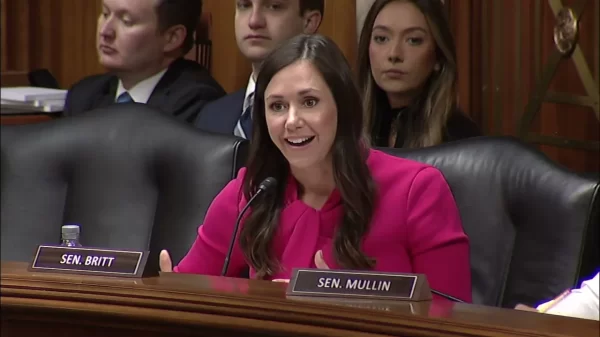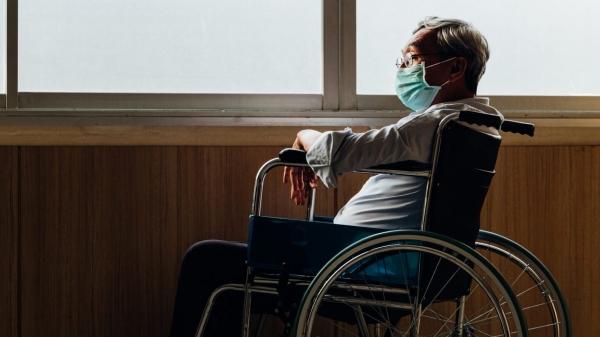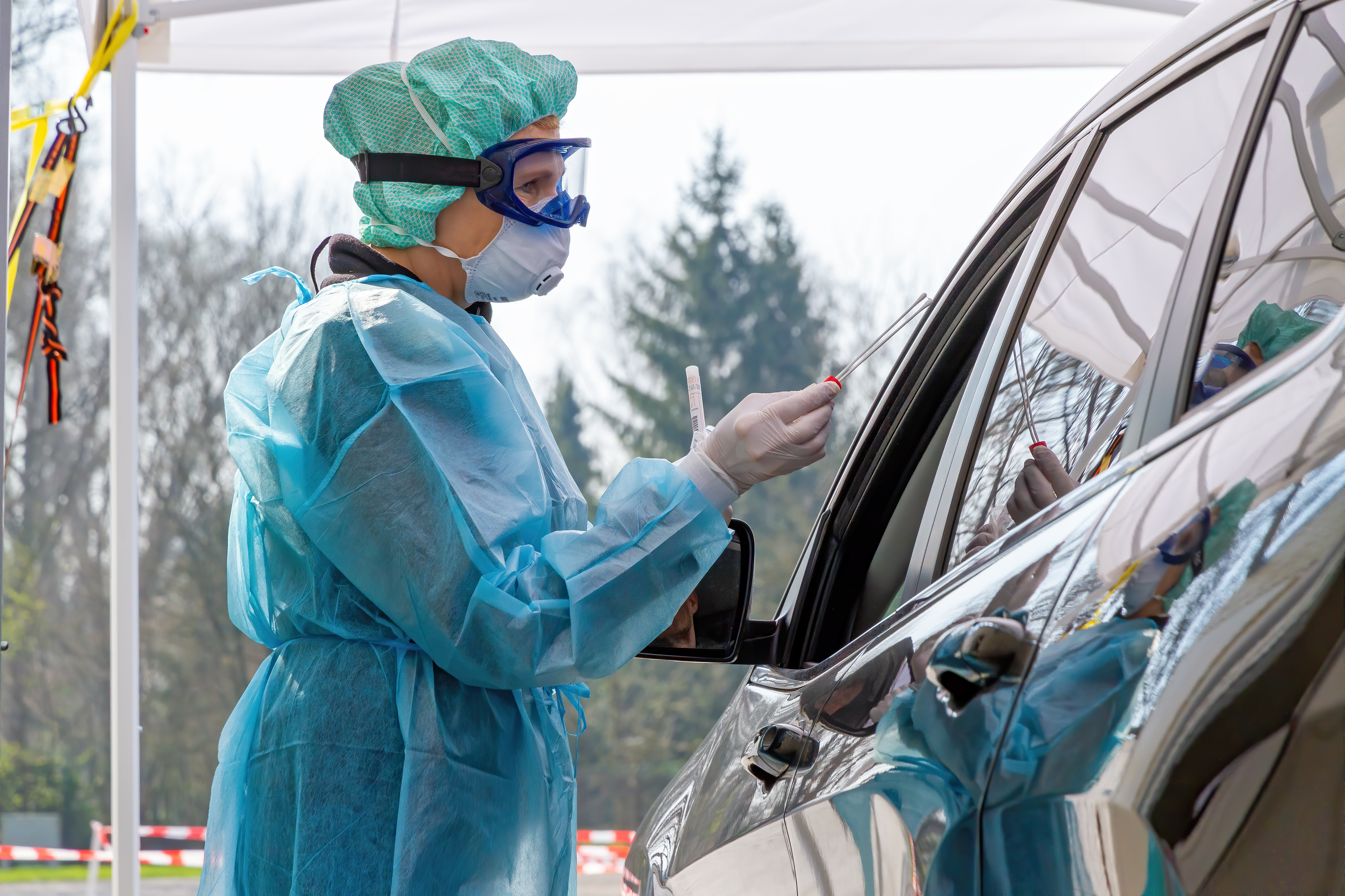It’s been 39 days since Alabama confirmed its first cases of COVID-19 on March 13. Now, more than a month later, the number of people who have tested positive for the coronavirus is nearing 5,000.
Tracking the coronavirus as it has spread in Alabama has been difficult. Testing has been limited. Data, at times, has been unreliable. Yet, officials appear to be paving the path toward reopening the state’s economy as some models suggest the state is at or past the peak of the outbreak.
But are we ready to safely reopen — and to stay open?
This is a virus that is evasive, with a sizeable percentage of people who contract it going without any symptoms at all or symptoms so mild they don’t seek or can’t get a test.
When Boston tested a sample of its homeless population, it found a “stunning” number of asymptomatic cases. The same happened in New York when hospitals tested a sample of pregnant women. Eighty-seven percent of the women who tested positive for COVID-19 had no symptoms when they were tested.
Nearly 60 percent of the sailors who tested positive for COVID-19 aboard the U.S. Navy aircraft carrier Theodore Roosevelt had no symptoms at the time they tested positive.
The high number of asymptomatic or pre-symptomatic cases found in these few isolated situations, while not conclusive, raises numerous questions about the extent to which our testing — mainly of just those people who are suspected of having the virus, those people who are symptomatic or those who are health care workers most at risk of contracting COVID-19 — is reliably capturing the extent to which the virus has spread among the public.
For so many people, COVID-19 is mild, even negligible, but for others, it is deadly. At least 165 Alabamians have died after testing positive. Of those, 113 have been investigated by epidemiologists and confirmed as deaths caused primarily by COVID-19. Across the United States, the number has surpassed 35,000, according to the COVID Tracking Project.
More than 640 people have been hospitalized with positive cases of the virus since March 13, according to the Alabama Department of Public Health’s data. But the number is surely higher. And many more are hospitalized with suspected cases of the virus, awaiting test results.
COVID-19, according to public health officials like Dr. Anthony Fauci and experts in Alabama at UAB, is the rare kind of virus with a mortality rate and transmissibility in the sweet spot that makes it fast-spreading, deadly and hard to contain. It’s deadly enough to kill a lot of people, but not too deadly that it kills its hosts before they spread it to more people.
This perfect combination of being highly contagious and deadly enough but not too deadly is what has forced public health officials, mayors and governors to implement stay-at-home orders to slow the spread and “flatten the curve.”
The stay-at-home orders appear to be working. The growth in the number of new infections appears to be slowing, even as the absolute number of new lab-confirmed cases gets higher. But the reality is that easing stay-at-home orders will mean a resurgence of the virus. Whether the state is capable of tracking, handling and containing the new cases without closing the state down again is a different question.
It’s been two weeks and a few days since Gov. Kay Ivey issued her stay-at-home order. But public health officials have cautioned that it is too early to tell if the virus is really under control. Ivey and State Health Officer Scott Harris have said they hope to know, beginning this week, the order’s full effect.
It can sometimes take up to two weeks for someone to present symptoms after being exposed to the virus. The lag time between when a person’s symptoms present and when they can get a test can add days. The turnaround time on test results adds even more time, sometimes up to a week, though the average is 72 hours, according to the Department of Public Health.
But the numbers appearing to improve has prompted state leaders — including Ivey and Lt. Gov. Will Ainsworth — to pivot toward efforts to re-open the economy as the number of people out of work because of the shutdown has skyrocketed. The total number of people who have filed unemployment claims since the week ending March 14 is up to 279,431, or about 12.5 percent of the state’s total labor force in February 2020.
Ivey said last week she is establishing a group to tackle the topic of safely reopening the economy, and Ainsworth — who has been a prominent advocate of strict public health measures to curb the virus’s spread — has been leading a committee that Friday recommended immediately reopening some businesses like retail and restaurants. Others could begin reopening on May 1 after Ivey’s stay-at-home order expires.
The governor hasn’t said yet what she plans to do, and that public health experts will guide her decision, but she has said that whenever the state does begin reopening the economy, it will have to be “reasoned” and “targeted.”
The numbers do appear to be hopeful. Looking at a moving average of new lab-confirmed cases, the curve looks like it may be flattening. Since April 12, the five-day average of new confirmed cases has been flat — if not slowly and intermittently declining — meaning that there are fewer new cases being confirmed.
The growth rate also appears to have slowed. On Thursday, the number of new confirmed cases grew by only 4 percent over the day before, down from 14 percent on April 9 and 15 percent on April 2. As Ainsworth said Friday, “That’s linear growth. That’s not exponential.”
While this data is hopeful — and Alabama does not appear to be on track for an outbreak as severe as Louisiana or New York — there are a number of ways to interpret the slowing numbers.
Knowing the true extent of the virus’s spread, at this time, is an unanswerable question. The evidence is clear that far more than 4,900 Alabamians have the virus. A combination of limited testing and asymptomatic patients means that is surely the case.
If you aren’t a health care worker, a resident of a long-term care facility or very symptomatic, it’s still hard to get a test in Alabama. That’s not just true here but across the country. In Alabama, the rollout of testing was slowed as some supplies were seized by FEMA and the federal Department of Health and Human Services.
But among the three groups that have had more expanded access to testing — health care workers, long-term care residents and long-term care employees — the confirmed cases have been steadily rising.
People in those three groups now make up 28 percent of the state’s total cases. Though those groups tend to be more at risk of exposure, better access to testing for those among these groups could also explain the high number of infections. And it could be a signal that limited testing for the general population is resulting in an undercount of the total number of cases.
Alabama has not yet reached the level of “mass testing” recommended by public health experts, including those at the Harvard T.H. Chan School of Public Health, before stay-at-home orders are lifted. So knowing exactly how many people have the virus and how fast or slow it is spreading is difficult if not impossible.
On top of limited testing, which is the state’s clearest challenge at this point, data in our state has reliably been incomplete, thus unreliable. State law requires commercial labs to report their positive results within a set time frame but rules on reporting negative results are less strict. Some commercial labs are reporting their negatives but not all of them. It is not clear and the state has not said how many tests could be missing from the state’s “total tested” count.
The last two weeks have also shown that data, at this point, is still relatively unreliable. The state went nearly four days without reporting any new tests before dropping 8,000 new ones into the total on April 13. Since then, the number of new reported tests per day has been anything but stable, ranging from 1,400 to 4,700 per day. (That’s why we are using a five-day rolling average in the charts below to level out the inconsistencies.)
On top of that, a reporting error from a commercial lab caused a number of negative tests to be list as positives Friday and Saturday morning. When the error was discovered, it was quickly corrected, but the data problem caused the number of confirmed cases and reported deaths to decline Saturday, causing confusion.
Data like this, while it may seem unimportant, is imperative for gauging how prepared we are for reopening the state, public health experts say. Experts at Harvard’s School of Public Health say each state should be performing, at a minimum, 152 tests per 100,000 people each day.
That’s the level, Harvard’s researchers say, that would be needed to catch a majority of cases and perform contract tracing for at least 10 of each positive case’s contacts. If we can’t catch the positive cases and isolate them, the outbreak could spiral out of control again, leading to rolling shutdowns and more casualties.
The average for the last five days in Alabama is 47 tests per day per 100,000. The number of tests per day would need to more than triple by May 1 for Alabama to reopen safely, Harvard’s researchers say.
For Alabama to reach the level of testing needed to reopen safely, that would mean 7,448 tests per day. For the last week, Alabama has been in the range of 2,500 to 3,500 new tests reported per day, based on our rolling average. For the United States as a whole, the researchers say between 500,000 and 600,000 tests per day need to be performed to open up and stay open.
“All the evidence suggests that the number of cases will rise as social distancing is relaxed, even with rigorous testing and tracing,” the researchers wrote in their analysis. “And so, we will likely need many more tests. But, if we can’t be doing at least 500,000 tests a day [nationwide] by May 1, it is hard to see any way we can remain open.”
There are other statistics that can give us an idea of where we are and other reasons why the growth of lab-confirmed cases may be slowing. Testing, again, can give us an idea. The rate of growth in new confirmed cases is slowing in part because the growth rate in the number of tests being performed is slowing, too.
It is absolutely the case that we are testing more in Alabama as of late. The number of total tests performed jumped from 20,000 on April 9 to more than 45,712 by Monday. The number of new tests reported per day is also rising.
Beginning a couple of weeks ago, the Department of Public Health began asking commercial labs to report their negatives voluntarily, but not all have complied. It’s possible that some of the tests reported in the last two weeks are from commercial labs that previously had not been reporting their negatives.
Even with the jump in numbers — and assuming that all of those tests truly are new tests, not backlogged negatives from commercial labs — the growth rate of new tests being performed has essentially plateaued, too, just like the number of new cases. And the rates of growth are pretty tightly correlated.
The gist of this is that Alabama, yes, has expanded testing since the outbreak began. But it has not dramatically expanded testing. Less than 1 percent of the state has been tested.
Re-opening the economy means that the risk of the virus resurging will be real. There are still people in Alabama who have been infected with the virus but aren’t yet sick or won’t show any symptoms at all. So when the state does reopen, those people will go out into the world, not knowing they have the virus, and spread could begin again.
We have not defeated this virus, yet. Until a vaccine is developed, the risk of a resurgence will be there. And we still don’t have the testing capacity sufficient enough to find all the positive cases and isolate them.





















































